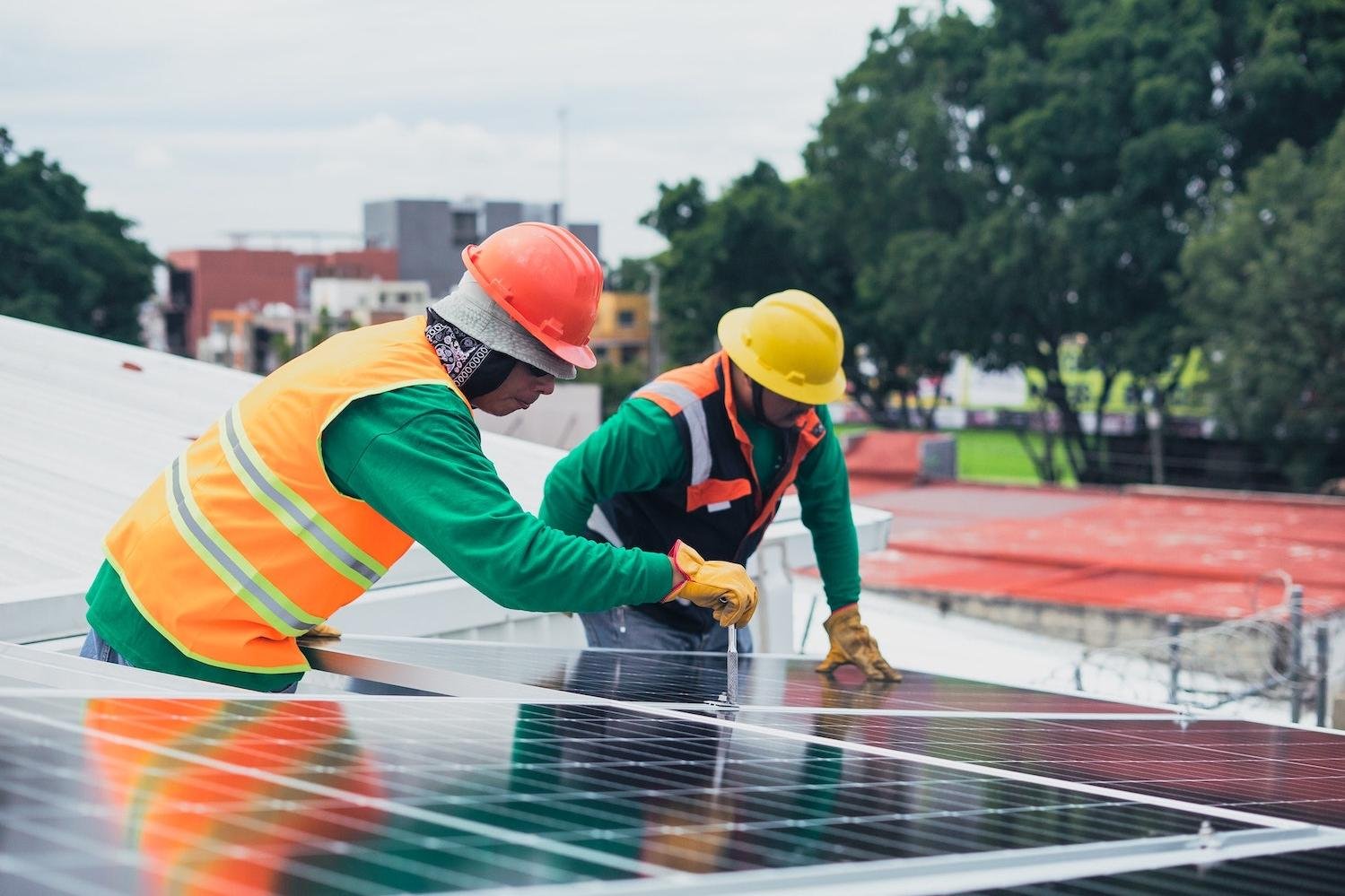The US’s IRA, which allocated over US$370 billion (A$570 billion) to clean energy programs just over a year ago, is now casting a shadow over Australia’s renewable energy ambitions.

Australia’s ambitious plans to accelerate its transition to renewable energy are encountering an unexpected hurdle as the United States draws key talent, particularly engineers, away with its substantial clean energy investments.
The US’s Inflation Reduction Act (IRA), which allocated over US$370 billion (A$570 billion) to clean energy programs just over a year ago, is now casting a shadow over Australia’s renewable energy ambitions.
The Clean Energy Council, among other industry groups, has voiced concerns that the IRA’s massive clean energy funding could significantly disadvantage Australia’s renewable energy progress.
The council’s Chief Executive, Kane Thornton, emphasized the mobility of top talent in the global energy transition, stating, “In the global energy transition, the best talent will be mobile. The success of our own energy transition relies on making the case that Australia is an attractive place to call home and our commitment to renewable energy is solid.”
This concern was a focal point at an energy transition summit held in Sydney, where Jane MacMaster, Chief Engineer at Engineers Australia, highlighted the looming skills shortage. “It’s a fantastic time to be an engineer, but it’s also a very busy time,” said MacMaster, who noted the challenge of securing an adequate engineering workforce across various sectors and disciplines.
The IRA has managed to draw US engineers back to the country, as well as those from other parts of the world. Additionally, several nations are contemplating countermeasures to retain their engineering talent, further intensifying the competition for skilled professionals.
Australia finds itself in a situation where it must compete not only with other countries but also internally, as various national priorities converge. These priorities include transitioning to net-zero emissions, building sovereign manufacturing capabilities (including nuclear submarines), and addressing the needs of multiple technology sectors.
MacMaster emphasized the scale of the challenge, stating, “We need 60,000 more graduate engineers in the next 10 years just to replace the engineers that we think will retire.” Unfortunately, local universities currently produce only about 7,500 four-year engineering graduates annually, and many of them are drawn to careers in finance or management consulting.
This skills shortage comes at a critical time for Australia’s energy transition, as the Australian Energy Market Operator has reported that 62% of coal-fired power stations in the national electricity market are projected to close by 2033. This necessitates immediate and substantial investment in new energy sources.
However, even major projects like the Snowy Hydro 2.0 pumped hydro plan, which is now estimated at $12 billion, have faced complexities and cost overruns. Developers like Transgrid, responsible for the $5 billion HumeLink project, are banking on the federal government’s $20 billion Rewiring the Nation initiative to bolster Australia’s competitiveness in the global race for skilled labor, materials, and equipment.
Transgrid anticipates the need for hundreds of electrical design, commissioning, civil, and asset engineers in the coming decade and is investing millions in training and development. They are also partnering with universities to address the increasing demand.
To address this challenge, MacMaster suggests exploring alternative roles like engineering technologists, who undergo three-year degrees or become two-year engineering associates. This approach could both fill talent gaps and provide opportunities for individuals not inclined to pursue advanced mathematics required for professional engineering roles.
Australia faces a multifaceted challenge in securing engineering talent for its ambitious energy transition goals. Addressing this issue is crucial to ensuring the nation’s progress towards a cleaner and more sustainable energy future.